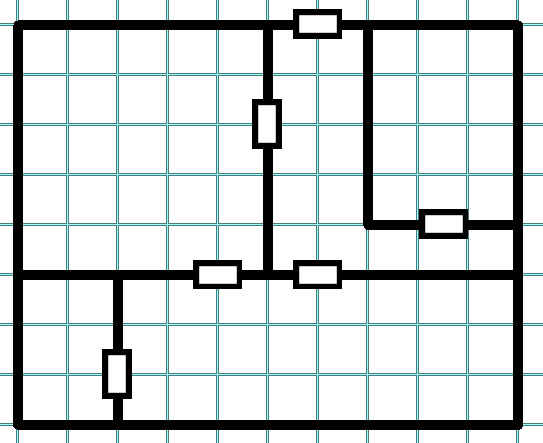Over the past 30 years or so, there’s really no question that dungeon maps have become prettier. For example, here’s part of the map from A1 Slave Pits of the Undercity (published in 1980):
And here’s a similar map from 2008’s Keep on the Shadowfell:
The fancier textures certainly look very nice. And they may tell you a little bit more about what you’re looking at. (The tables are made of wood, for example.) But for the most part, the utility of the map from Keep on the Shadowfell is essentially unchanged from the utility of the simpler maps from two or three decades earlier.
One of the ways in which “pretty” could be turned into functional utility, of course, is if the maps were offered in a format and size at which they could be easily turned into battlemaps and displayed on the table for the players to appreciate and interact with.
But setting that aside, how else could we improve the utility of our dungeon maps? Or, to put it another way, what information could we be coding onto our dungeon maps to make them more useful?
Let’s start with doors.
OPENING DOORS
The humble door:
![]()
I don’t know about you, but one of the first things my players want to know when they come to a closed door is: Which way does it open? They want to know if they can get access to the hinges or if they’re going to need to bash it down.
And does it open to the left or right? If people decide to start peeking through it or want to brace it against a nearby wall, these become important issues.
Naturally one can just make a judgment call. But how nice would it be to have this information encoded on the map? (If for no other reason than to make sure it opens the same way when the PCs come back.) It seems like it would be pretty easy.
Ironically, the first module ever published for D&D included this information on the map. Here’s a sample from The Palace of the Vampire Queen, published by Wee Warriors in 1976:
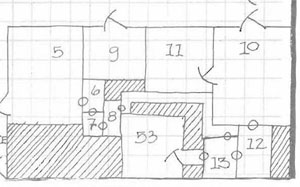
(The circles represent secret or concealed doors.)
So, that’s one option:

We could also simplify that design by removing the swinging arc to leave a simple open angle:

Another option, recently proposed, is Roger’s “Elvis Door“:

I’ll be honest that I’m not much of a fan of the Elvis Door, largely because nothing about it intuitively says “door” to me. And even after staring at it for awhile, I’m not entirely sure I’m reading it correctly. For example, when I look at it in actual practice (on a map designed by Telecanter), I keep trying to read the slant as indicating that the door is being pushed on the slanted side (which I’m fairly certain is actually the exact opposite of what the symbol is supposed to be communicating).
One last option, a simple arrow:

This symbol has the disadvantage of only indicating the direction of the door and not its direction of swing. (Although it might be useful for a door that actually swings up like a garage door.
What are your thoughts? Which symbol (or symbols) seem to intuitively make the most sense to you?
For my mileage, I’m increasingly liking the doors from Palace of the Vampire Queen. I was initially skeptical of the extra arc line, but I’ve found that in actual practice this makes it much easier to use the maps. (Without the arcs, the simple angling line tends to simply “fade” into the rest of the map and disappear.)
This post is part of the RPG Blog Carnival for Cartography.

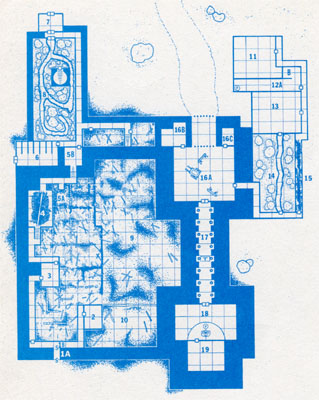
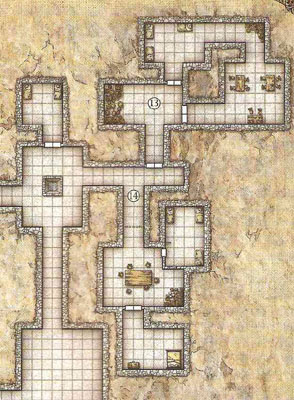
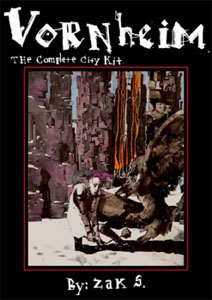 More “
More “